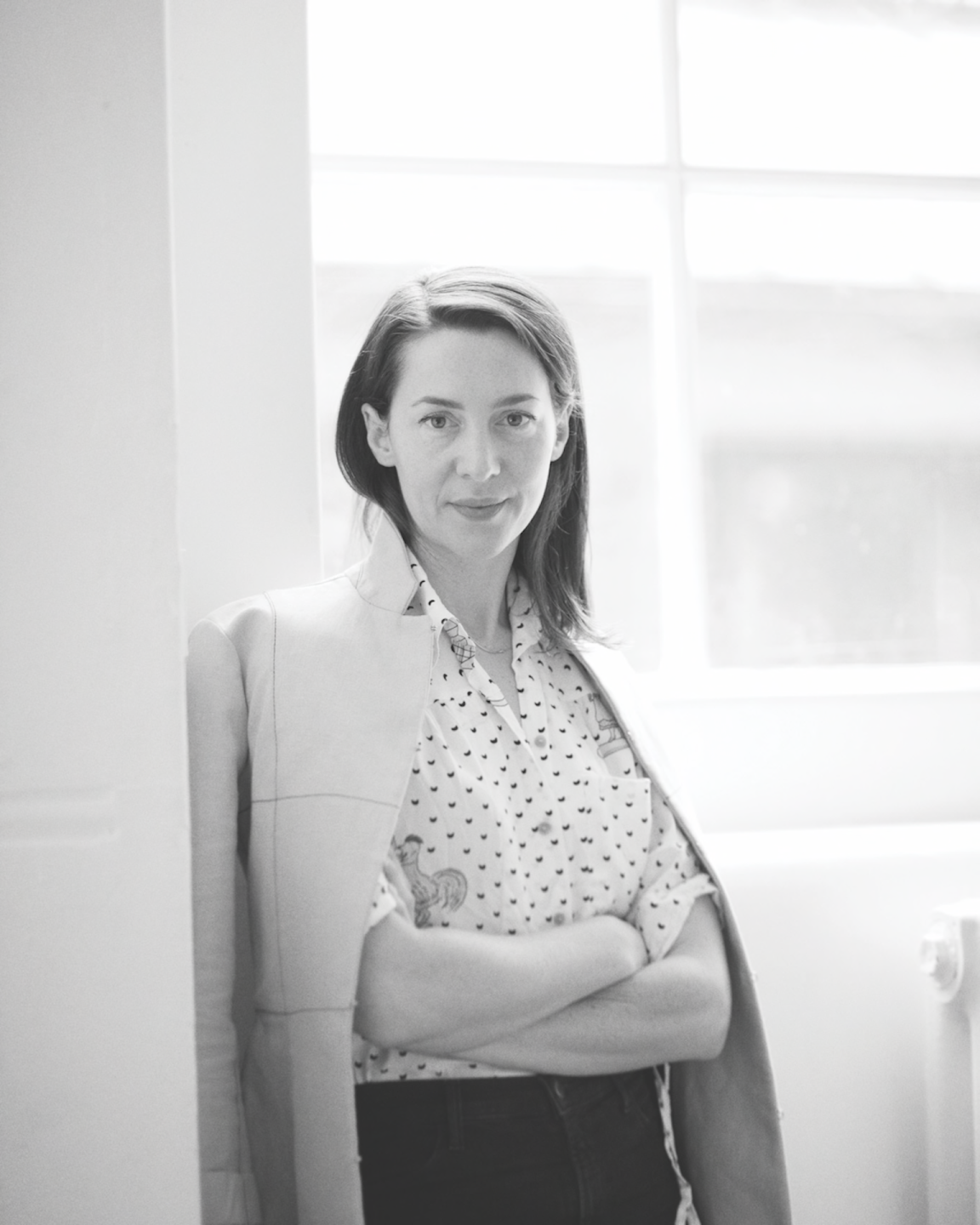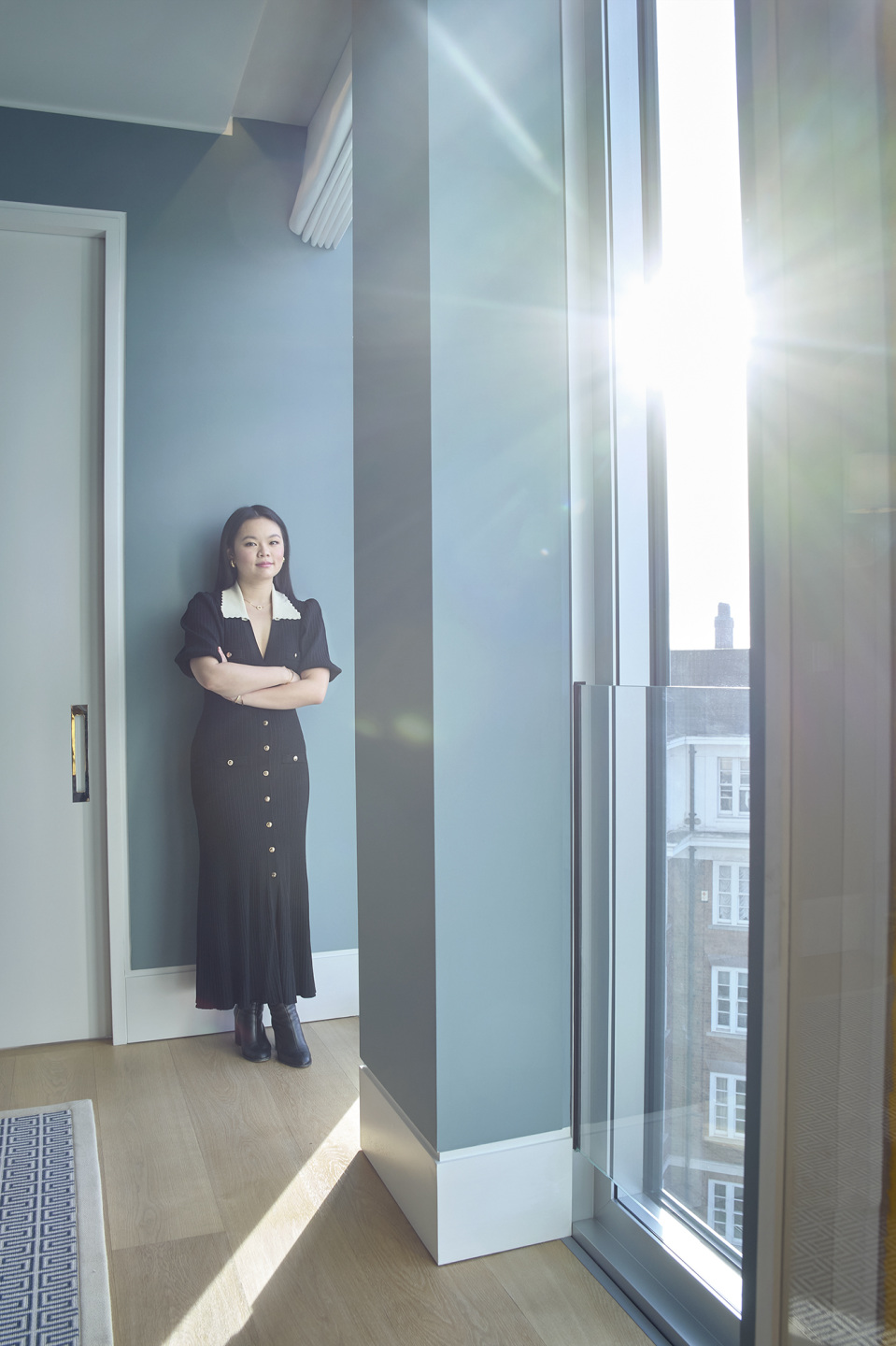The Venice Biennale is overwhelming. In addition to the sprawling central show, curated this year by Adriano Pedrosa, no fewer than 88 countries have put together presentations across the Italian city as they compete for attention, critical acclaim, and the coveted Golden Lion awards at the biannual art-world Olympics. It’s impossible to see everything. That’s why CULTURED asked three insiders from different regions to share the national pavilions and collateral events they are most looking forward to visiting.

Victoria Siddall
The London-based art executive and former Frieze Art Fair global director is leading efforts to build a greener art world. She is the founding director of Murmur, a new initiative that channels funds from creative industries into impactful environmental projects. She is also a co-founder of Gallery Climate Coalition, whose 1,100 members have committed to a 50 percent reduction in carbon emissions by 2030.
1) French Pavilion
I’m excited to see what Julien Creuzet does here. He was born outside Paris but grew up in Martinique, describing the Caribbean island as “the heart of my imagination.” I came across his work at Frieze London in 2019 when he was awarded the Emerging Artist Prize, which culminated in a fantastic exhibition at Camden Arts Centre. Creuzet’s sculptures use found materials, some of which give the impression that they washed ashore; his work is open and poetic and not at all didactic. He also has a generous spirit and cares about environmental sustainability. He generously donated a sculptural work last year to benefit the Gallery Climate Coalition and ClientEarth. I hope to see him in Venice so I can thank him in person.
2) Nordic Pavilion
Swedish artist Lap-See Lam has collaborated with [Iraq-born, Finland-raised] textile artist Kholod Hawash and Norwegian composer Tze Yeung Ho on a musical installation and performance for the Nordic Pavilion. “The Altersea Opera” will transform the space into a dragon ship filled with mythological water creatures. Inspired by Cantonese opera, it is described by the organizers at the Moderna Museet as a Nordic Gesamtkunstwerk. Lap-See Lam also has a show later this year at Studio Voltaire in London—a new chapter leading from this project in Venice, and her debut exhibition in the U.K.
3) Nigerian Pavilion
This year will be only the second time Nigeria has been represented at the Biennale, the first being in 2017. It will hopefully lead to more African countries having a presence in the future. The pavilion is curated by Nigerian-British curator Aindrea Emelife and titled “Nigeria Imaginary.” It features eight artists from Nigeria and the diaspora, including Toyin Ojih Odutola, Yinka Shonibare, and Precious Okoyomon. Precious’s work in the 2022 Venice Biennale was a highlight, and I loved seeing Toyin’s work in “The Time Is Always Now” at the National Portrait Gallery in London recently. There are also artists featured whose work I don’t know and am looking forward to seeing for the first time.

Koyo Kouoh
As executive director of Cape Town’s Zeitz MOCAA, one of Africa’s largest museums, Koyo Kouoh not only shepherds the local art scene, but also determines which of the continent’s artists and artworks are elevated to the international stage. The curator—and founder of Dakar’s RAW Material Company residency and cultural center—arrived at the museum two years after its opening in 2017 and is largely credited with shaping its vital program and global resonance.
1) British Pavilion
The Venice Biennale is a messy and complicated event with enough baggage to fill several volumes. This is especially true for artists from Black geographies— the African continent and its transatlantic diaspora—who have been systemically overlooked for the longest time, only receiving consideration in Venice since the late 1990s. John Akomfrah, having represented the land of his birth with Ghana’s phenomenal inaugural pavilion in 2019, now takes on the colonial edifice of the British Pavilion with a new work titled Listening All Night to the Rain. I expect his delicate, poetic, radical film installations to immerse us in the complexities of “foreignness.”
2) Canadian Pavilion
[The Biennale] remains a difficult political construct that continues to push the fraught idea of the nation-state in times of global disintegration. As such it is a sensitive barometer of our time, in the art system and beyond. Reading that barometer this year in Venice, I am thrilled to see several Black artists and curators taking center stage. This applies to the Canadian pavilion, which will represent the conceptual genius of Kapwani Kiwanga, of Tanzanian descent, whose work Trinket is a continuous field of enchantment and aesthetic and political inquiry.
3) South African Pavilion
Of course, I am rooting for the powerhouse that is Portia Malatjie, who I have admired for years. She is curating the much-anticipated South African Pavilion and the choice to engage MADEYOULOOK (the collective of thinkers Molemo Moiloa and Nare Mokgotho) is visionary. Though titled "Quiet Ground," the exhibition promises to be a sonic feat, consisting of a newly commissioned sound installation that I cannot wait to experience. A venue such as the Venice Biennale is primed to present richly experiential practices that point to the ever-expanding desires and possibilities of contemporary art.

Audrey Ou
The New York–based, Hong Kong–born entrepreneur works at the intersection of art and tech. Ou is the co-founder and CEO of TRLab, a platform for art collecting on the blockchain. A collector in her own right, she has also supported the growth of the Rockbund Art Museum, her family’s art institution in Shanghai.
1) Egyptian Pavilion
At Rockbund Art Museum (RAM) in Shanghai, we’re launching “Complex Geographies,” a research project diving into the building’s origins as the Royal Asiatic Society, established in 1857 by British and American expats to share knowledge about China. I was a history major and have always been interested in projects that reexamine history, which is taught to us as a linear narrative but in truth is fluid—continually reinterpreted and rediscovered. Because of that, I’m particularly excited about Wael Shawky’s work at the Egyptian Pavilion. Shawky is attuned to many of the same themes, reimagining history and myth in a lyrical manner. I am excited for him to present a nuanced exploration of the past from the perspectives of Arab scholars.
2) Hong Kong in Venice
I live and work in New York now, but Hong Kong is still dear to my heart. I keep a close eye on Hong Kong artists and the ways Hong Kong is represented across international art events. This year, I am anticipating the presentation of Trevor Yeung by the Hong Kong pavilion [officially a collateral event]. Known for his innovative use of plants, animals, and inanimate objects, Yeung’s work explores the intricate relationship between humans and their environments. I first came across his work in a 2019 RAM group exhibition called “An Opera for Animals.” The show investigated opera as a platform facilitated by unpredictable transitions between concepts of animality and humanity. I am excited for the work to spark discussions both personal and communal.
3) Malta Pavilion
I came across Matthew Attard, who is representing Malta in Venice, when he was shortlisted for the Lumen Prize for Art and Technology in 2021. The prize celebrates artists who are doing innovative work with A.I., blockchain technology, and other new media. (TRLab, the digital art platform I co-founded, was also short-listed in 2022.) I’ve read that Attard will be using A.I. in a work centered on the impact of climate change and rising sea levels, which feels especially apt given that Malta is an island nation. I am reminded of Rindon Johnson’s presentation at Rhizome’s recent 7×7 conference. Over a seven-month period, Rindon will attempt to address a challenge he has set for himself: to cross the Pacific Ocean from San Francisco to Shanghai. This involves modelling out the Great Pacific Garbage Patch, a collection of debris in the ocean, and considering what it would be like to swim through it or see it from above.










 in your life?
in your life?

